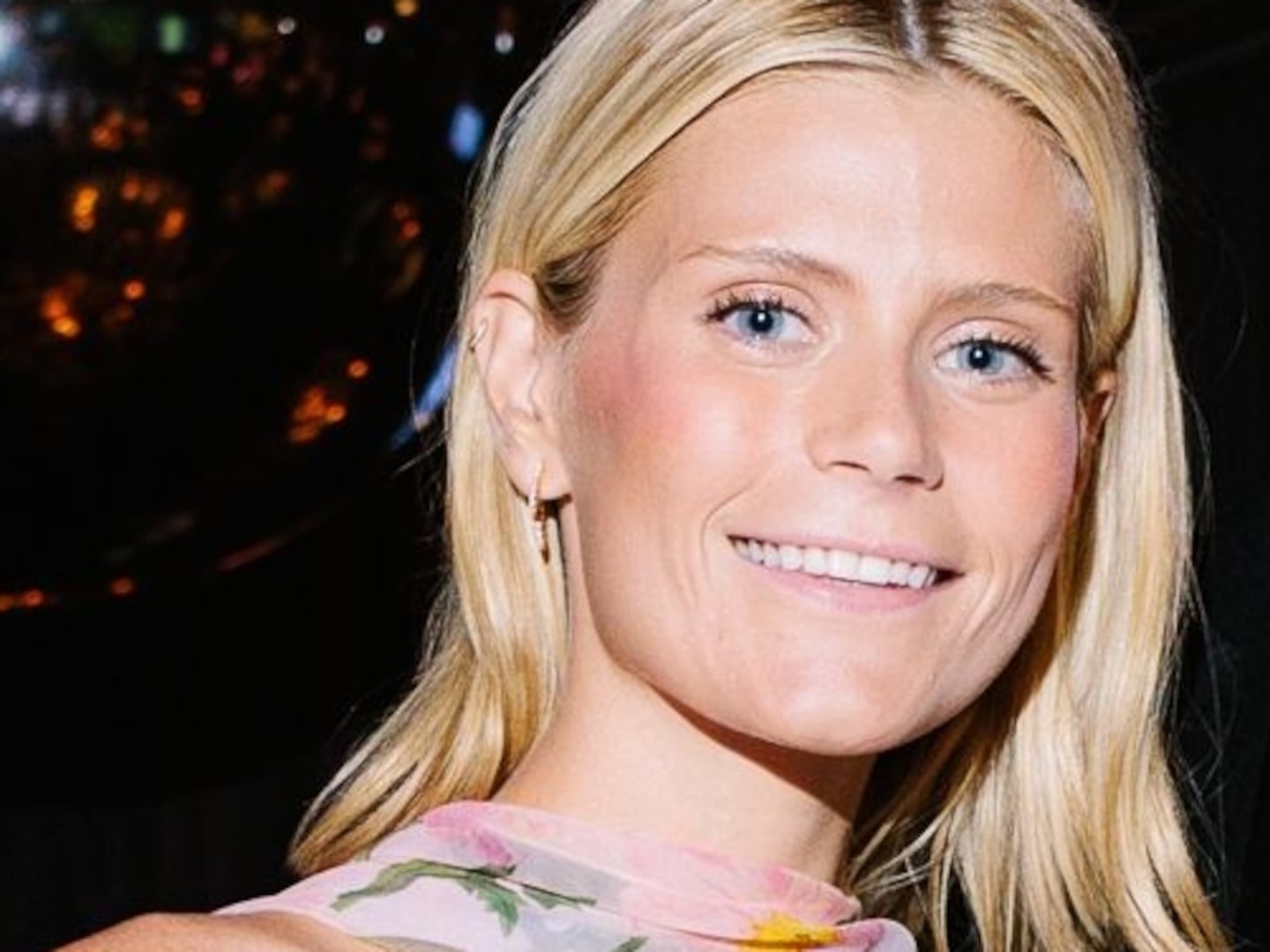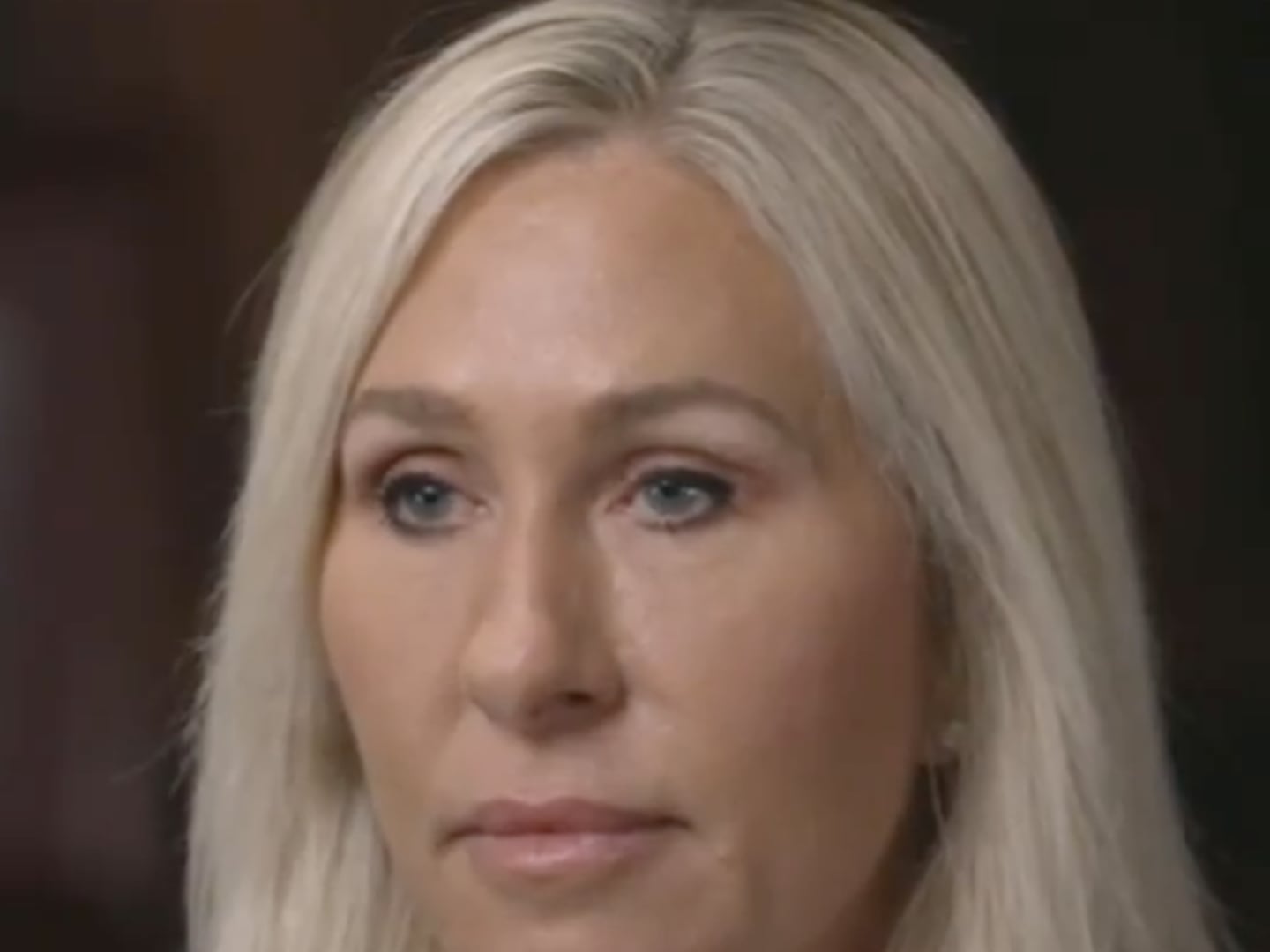In the fall of 2018, I returned to my hometown of Milwaukee, Wisconsin, to help fix a broken health department. Among other scandals, the agency had failed to follow through on monitoring for possible lead poisoning among local children.
As the only Black woman health officer in the state, the luster of being in the role wore off rather quickly. Mostly, I found myself praying that things wouldn’t get any worse.
Fast forward to late 2019. We were paying attention to Wuhan, China. But just like other emerging deadly diseases like Ebola and SARS, we suspected COVID-19 was something that couldn’t manifest—or at least spread widely—here in the United States.
Then, January and February of 2020 came and we learned that the novel coronavirus had, in fact, infiltrated our country. No big deal, right? This happened with Ebola, but we were able to prevent it from cascading into a pandemic. I was confident at first myself, having been involved with the response to Ebola as health officer for the University of Wisconsin.
Then the first COVID-19 case was detected in Madison, our state capital, and to the south of us in Chicago. It was getting closer.
And then, just like a bad pandemic movie, we detected our first case in Milwaukee on Friday, March 13. COVID-19 spread rapidly from that point on.
We quickly moved into our city-county unified emergency operations structure, which meant that I became responsible for decision-making for not only my city, but also the entire county. Milwaukee County has 19 jurisdictions and a total population of one million. But there is no countywide health department—rather, 11 smaller ones aside from my own.
Wisconsin is also a “home rule” state, which means the lowest level of government has the right to call the shots for their local communities. In essence, this approach perpetuates inequality, as Milwaukee is hyper-segregated. Some of my colleagues were mindful of this, as we had taken the step of becoming the first city in America to declare racism a public health crisis in 2019.
We were still preparing to accomplish five action items tied to that declaration when COVID-19 hit. So we tried to think early and often about racial injustice as we tackled the outbreak. For one, we provided public-facing maps to the community—one for the city and one for the county. It was novel for us to report outbreak data that swiftly and in that format. We were also among the first U.S. public health agencies to break out COVID-19 data by race and ethnicity.
Doing so enabled us to determine that the first hot spot was in our African-American community. Actually, it was in the same neighborhood where I grew up—Sherman Park. I was horrified to see this, and felt helpless because we couldn’t stop it from happening so quickly. We simply did not have the resources.
Remember, the health department was in a state of disrepair, so there were still a number of vacancies and unmet technical needs. We were waiting for millions of dollars in federal funding to do anything. Testing was scarce. PPE was barely available—I mean, we were trying to sort through shady KN-95 solicitations and batches of legit PPE for the response.
And that was just for first responders and health-care workers at that time, since we were told by the federal government that masks were not recommended for the public. Obviously, that has changed.
But if the messaging from on high was consistently confusing, we also battled misinformation.
We faced persistent myths, spread on social media and by word of mouth, that Black people couldn’t get coronavirus. Soon enough, we had valid data that showed this was a lie. In the early weeks of our COVID-19 response, 70 percent of our cases and 100 percent of our deaths were Black. My community was angry, afraid, tired. I was, too.
We soon learned that other localities initially did not have the data to refute or confirm what we were seeing. When they began to share their COVID-19 race and ethnicity data, we discovered a horrible trend across the country. That these people weren’t getting COVID-19 and dying from it because they attended the same gatherings—rather, we were seeing racism play out through the social determinants of health in a pandemic.
We had to get the message out to the streets, but had zero funds to do so. Also, disseminating information by word of mouth is a bit trickier during a pandemic. Thankfully, private funders came through and invested in community-based approaches to COVID-19, and a local hospital stood up drive-up testing. Later, Federally Qualified Health Centers offered testing in multiple parts of town. Our health department couldn’t provide testing because we didn’t have the staff or an electronic health record system.
Despite our efforts, it would be weeks before we had community-based, no-appointment-needed, asymptomatic and symptomatic testing on the north (Black) and south (Latinx) sides of town. The state organized this along with our local response, and with the help of the National Guard.
In late March, we issued a local “stay-at-home” order, and then the state issued theirs the following day. Despite this, we had a major election in April. Maybe you heard about it: packed polling places, especially in Black communities, during a raging pandemic. The state Supreme Court ruled that we had to have the election, which was for mayor, county executive, city attorney, and a number of other important elected roles. We didn’t have enough poll workers, as many of the seasoned ones were “high-risk” for COVID-19 and unable to work. We had to consolidate polling sites from about 180 down to five.
Thankfully, the health department and election commission staff—along with a host of other city partners—stepped in to help reduce the spread of COVID-19. We trained workers, distanced lines, and provided PPE and enhanced cleaning, among other things. But we know many people didn’t vote in person because they feared it wasn’t safe. It was truly unfortunate that partisanship impacted our communities, mainly residents of color, in such a ghastly way.
It wouldn’t be the last time that the politicians in our state capital would flex on us at the local level.
That election resulted in a change in leadership: our mayor, a white man, remained, but we got our first Black men as county executive and city attorney, two Latinx alderwomen, and a new comptroller, the daughter of immigrants. It was great to see diversity in leadership for a change, especially in Milwaukee.
Then we got hit with another broadside. The state Supreme Court ruled against the governor’s “stay-at-home” order in May, which left many public health officers in the lurch. Although the point of striking down the order was to allow locals to do their own thing, many didn’t, for fear of legal issues. Thankfully, my mayor and city attorney supported our ability to keep city-level orders in place, though a unified Milwaukee County order was abandoned.
The job was also a personally grating one. It was a constant power struggle from Day One. I was micro-aggressed, man- and “Karen”-splained beyond belief, and subject to major passive-aggressive outbursts, and plenty of double standards. I was dragged for having a necessary surgery, as I have several autoimmune conditions. I took two weeks of medical leave to recover while another vital cabinet member took weeks of vacation on multiple occasions and no one questioned him for it. Like some other health officials across the country, I received threats of harm mailed to my office prior to COVID-19 and of course after—among them many emails authored by far-right white supremacists.
This past week, I submitted my resignation. I have the opportunity to do national health policy work with an equity lens for a wonderful organization in Washington, D.C. I still believe being a health officer is a noble endeavor, but even the most seasoned professionals have to admit that our experience with the backlash against common sense and science under this pandemic has been heartbreaking. I truly do not know what the future of the profession will look like as long as experience and formal training in public health is silenced and dismissed.
Still, there are some talented and passionate people holding the line—and we must continue to support them. For now, I pray that the vaccine development process is not manipulated to create false hope while compromising safety. There’s a reason drug trials are as extensive and involved as they are. We have to stick to the script. We have to get this right.







